Visiting Oman for the first time and wondering what to expect? These top tips will help you settle in, explore with confidence, and make the most of every moment.
My very first impression of Oman came from the plane window. I was struck by the pristine desert wilderness stretching for kilometres beneath us – did you know 82% of Oman’s landmass is made up of deserts and valleys? To be honest, I knew very little about the country at the time. I went partly out of curiosity and partly out of a longing for adventure.
I discovered many practical and cultural elements by myself and this led to both enchanting discoveries and challenging moments. Looking back, I think it would have been helpful to have a few pointers to help me navigate this beautiful and unique country. Now, after more than four years of living in Oman, I’m still uncovering new layers of its culture, landscapes, and traditions.
Here are some practical and cultural tips I’d love to share with you based on my experience. I think it will help you get the most out of your ‘Omani experience’ without taking away from the joys of ‘surprising moments’ that always come with immersive travel.
1. Step Into Living History
Starting off your trip with some of Oman’s historical treasures will help you ‘get a feel’ of the culture of the country. The coastal quarter of Muttrah (in Muscat) has welcomed traders and travellers for centuries. Walk along the corniche at golden hour and you’ll get a glimpse of dhows (traditional Omani wooden boats) bobbing in the bay, white buildings with wooden balconies, and the scent of frankincense wafting from the souq—one of the oldest marketplaces in the Arab world. Muttrah is a place where past and present walk side by side, and it’s impossible not to feel it.
Then, when you’re ready to venture inland, make your way to Nizwa – it’s about one and a half hours from Muscat. Once the capital of the interior, it is still considered one of the cultural hearts of Oman. Here, not far from the massive round tower of Nizwa Fort, the weekly goat market still follows the same timeless rituals.
Tip for first-time visitors: Plan your trip to Nizwa for a Friday morning (very early!) to experience the live goat market. And in Muttrah, don’t miss sunrise from the Corniche. The seagulls swirling around in the golden light are a fabulous sight!
2. Don’t Rush It—Oman Unfolds Slowly
Oman isn’t a place to speed through with a checklist. It’s not built this way. The best moments sneak up on you: a spontaneous cup of cardamom coffee with a shopkeeper in a market, a child waving from the back of a pickup truck, the silence of a wadi after a peaceful swim. There’s something about Oman’s rhythm that invites you to slow down, breathe a little deeper, and enjoy the moment. So instead of cramming your itinerary, leave space. In my experience, some of the best places need time to be ‘savoured’.
Tip for first-time visitors:
Leave ‘wiggle room’ in your plans. Aim for fewer destinations and stay longer. You’ll see more by doing less.
3. Get Your Own Wheels: Oman is a ‘Road trip’ Country
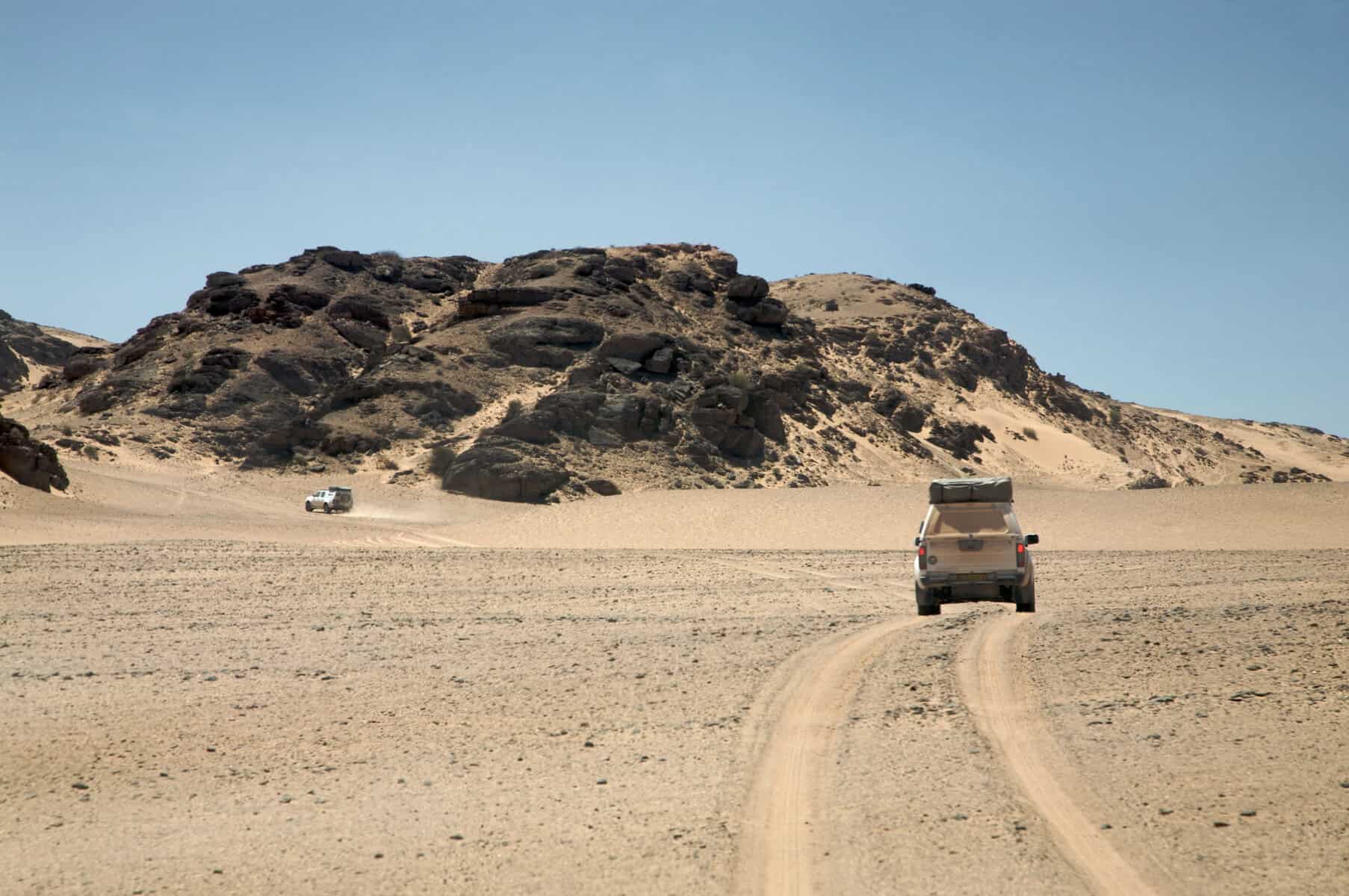
Public transport can be useful in many places but in Oman, you’ll feel frustrated quite quickly by how limiting the network will feel. If you really want to explore the mountains, coast, and desert at your own pace, a rental car is your best travel buddy. The roads are excellent, the scenery is stunning and if you read up on some key ‘driving tips for Oman’, you will be fine. Bonus: Don’t expect roadside cafés every five minutes – do like the locals and stack up on snacks, bottles of water and cups of Karak tea at a petrol station, when you find one.
Tip for first-time visitors:
Unless you are planning an ‘adventure-focused’ trip and you have experience driving on dirt roads, don’t feel like you need to rent a 4WD. Book a local guide to venture into the mountains or the desert.
4. Dress Respectfully but Don’t Overthink It
You don’t need to turn up in full-length robes, but Oman is a place where modesty is appreciated—and honestly, it makes sense when the sun is blazing. Lightweight long sleeves, loose trousers, a scarf for women when visiting mosques will all help you feel comfortable. People in Oman are warm and welcoming, and making a little effort with your clothing goes a long way.
Female travellers do not need to wear a head scarf (hijab). However, women should avoid short skirts or dresses, shorts, and low-cut blouses. Men should not wear tank tops and opt for shorts that are knee-length. For swimming, swimsuits and bikinis should be restricted to international hotels and resorts. In public beach areas or in wadis, it is best to wear a T-shirt and shorts over bathing suits.
Although Omanis will refrain from making direct comments (at least in most cases!), inappropriate dress will be met with unapproving looks.
Tip for first-time visitors:
Aim for covered shoulders and knees in public spaces and take a scarf with you if you plan on visiting a mosque. For more tips, check out ‘What To Pack For Oman: The Ultimate Year-Round Packing List.’
5. Learn a Few Words in Arabic – Even If You are Creative with the Pronunciation

You don’t need Arabic in Oman – most people speak some English – but saying “salaam alaikum” with a smile often gets you a bigger one in return. Even trying a few basic phrases shows respect and opens doors. Before moving to the Middle East, a Syrian friend taught me ‘Ahlan wa sahlan’ (which basically translates ‘welcome’) and I can still remember repeating this one hundred times until it just felt easy to say. I( felt so rewarding!
Tip for first-time visitors:
Try these: “Shukran” (thank you), “Sabah al-khair” (good morning), and “Ma’a as-salama” (goodbye). And if someone invites you for coffee—say ‘Na-am’ (‘yes’ in Arabic). The ‘Useful Phrase and Pronunciation in Oman’ article will give you a head start.
6. Greetings are not to be Taken Lightly
Omanis are generally very courteous and helpful. When interacting with local people, you will notice very quickly that greetings are not to be taken lightly. A quick ‘hello’ with a side glance would be considered rude. So don’t be surprised by the length of greetings – in particular between Omani men – as these include many questions about the other’s health and the welfare of the family in general.
Tip for first-time visitors:
When greeting someone from the opposite sex, don’t reach out first to give a handshake to an Omani. In general, any physical contact between men and women only happens in families. So, it is best to wait for your Omani contact to offer their hand first.
7. Beyond the Sand: The Desert is an Experience
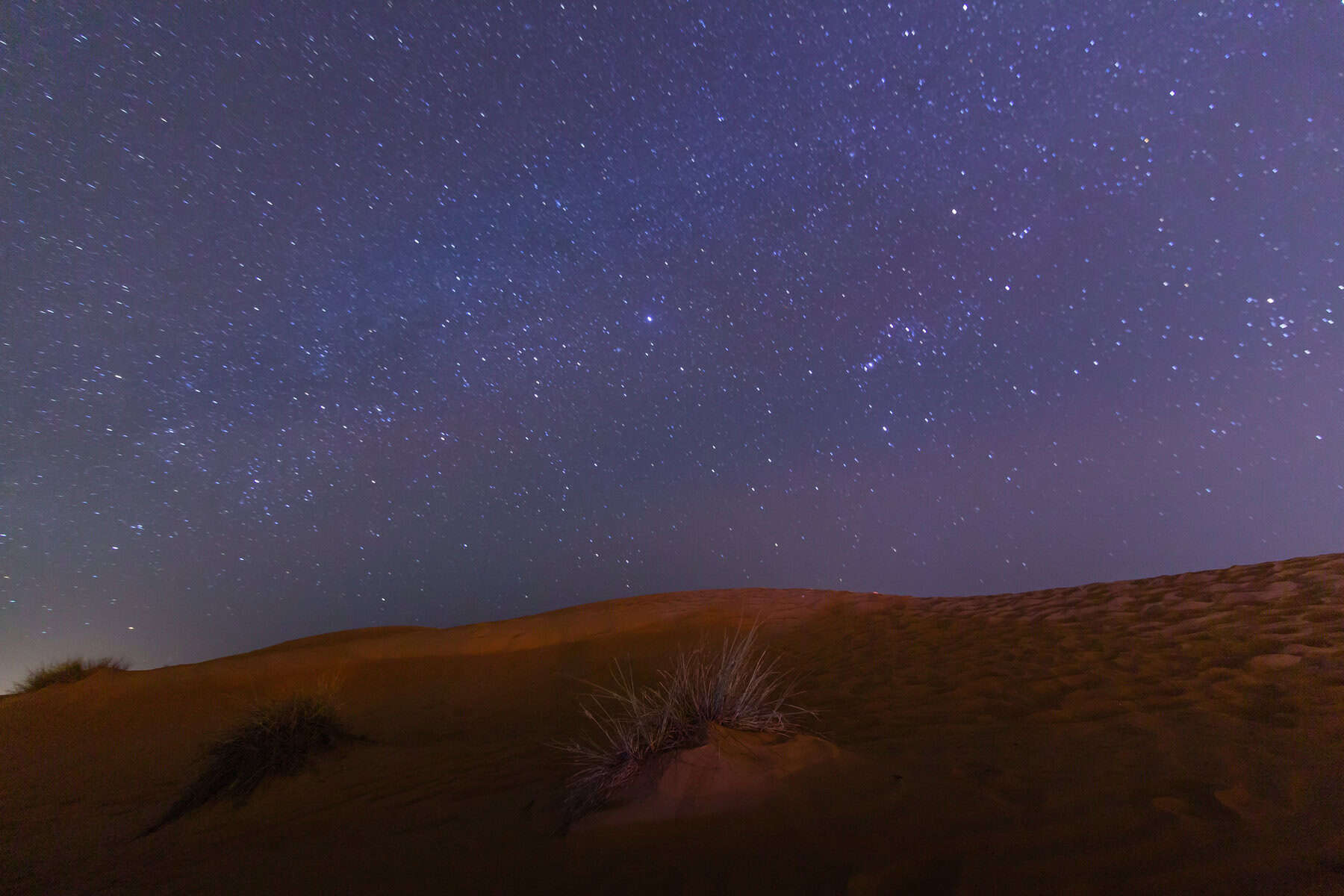
When visiting Oman for the first time, a night in the desert isn’t just a bucket list thing – it’s a chance to reset your senses. You’ll sleep in silence so deep it feels ancient. I always get a sense of timelessness under the starry nights that unfold in the desert. Watch the dunes change colour at dawn and ride a camel if you feel like leaning into the moment. Oman’s deserts are not empty – they’re rich with traditions and experiences.
Tip for first-time visitors:
Book at least one night in Wahiba Sands. Bring layers—it gets chilly at night—and charge your camera. The light out there does magical things.
8. Start Your Day the Omani Way

One of the most joyful surprises I recommend to first-time travellers to Oman is discovering Omani Breakfast dishes. It’s not flashy or complicated – just wholesome, hearty, and often shared. Sitting down to a traditional Omani breakfast is less about grabbing a quick bite and more about slowing down and enjoying the moment. Ideally, this is done with a cup (or cups!) of cardamom-scented coffee.
Try khubz rakhal, the paper-thin Omani bread that locals use to scoop up everything from honey and cheese to scrambled eggs with spices. Dishes with beans, softly stewed and seasoned, are often served as one of options. And you might spot balaleet on the table too – a lightly sweet saffron noodle dish with a surprising omelet topping. Add in labneh (strained yogurt) drizzled and a handful of olives, and you’ve got the kind of breakfast that makes you linger.
Whether you’re eating at a traditional café or being welcomed into someone’s home, Omani breakfasts are a quiet celebration of local flavours. and a lovely way to ease into the rhythm of the day.
For further reading, check out my post on ‘Traditional Omani Breakfast: Discover 7 Delicious Dishes’ and my recommendations of Cafés in Muscat that serve Omani breakfast.
Tip for first-time visitors:
Don’t be shy about asking what each dish is—it’s completely normal, and people are usually happy to explain (often with a smile and a story).
9. Cash Still Reigns in Many Places

While card payments are common in malls, hotels, and many supermarkets, plenty of smaller shops, cafés, and remote spots still operate on a cash-only basis. It’s not unusual to find yourself short when you stop in a tiny mountain village.
Tip for first-time visitors:
Keep some small change (OMR 1 and 5 notes) on you, especially when visiting souqs, roadside stalls, or rural areas. ATMs are widely available in towns and cities.
10. The Scent of Oman: Delight in the Fragrances

Oman is a place where scent isn’t just a sensory detail — it’s a cultural experience.
Western friends visiting me in Oman for the first time are often surprised by the aroma in the arrivals hall at Muscat International Airport. The warm, woody aroma drifting through the air is frankincense — one of Oman’s most iconic natural treasures. It sets the tone for a journey where fragrance plays a quiet but powerful role in everyday life.
In Omani homes, it’s common to be welcomed with the ritual of bakhoor: wood chips soaked in perfume oils, burned in a special incense burner called a mabkhara. The smoke is gently wafted around clothing, hair, and even into the air to bless a space. It’s not just tradition — it’s hospitality in scent form.
You’ll also notice oud (a resinous, luxurious fragrance from agarwood) in high-end shops and personal perfumes. Men and women alike wear strong, musky perfumes. It’s part of looking and feeling “put together.”
For many travellers sensitive to smells, it’s one of the most distinctive and memorable elements of a trip to Oman.
Tip for first time visitors: If you’re interested in perfume culture, visit the Amouage factory in Muscat for a behind-the-scenes look at how one of the world’s most luxurious perfumes is made — right in Oman.
11. Stay Connected: Why a Local SIM Card Is a Smart Move

During your stay in Oman, it is a good idea to get a local SIM card. This will allow you to call if there’s an emergency, follow Google Maps and find your way around the country if you rent a car. If you opt to not hire a car, it will give you access to Taxi apps such as O’Taxi. By the way, there’s no Uber or Careem in Oman. Either way, getting a local SIM card will make your trip run smoother and it’s definitely cheaper and more reliable than most international roaming plans (beware! Roaming costs can be exorbitant).
There are three major providers in Oman: Omantel, Ooredoo, and Vodafone Oman. All three have solid coverage, especially in cities and towns. Omantel tends to have the widest coverage in remote areas—handy if you’re heading into the desert or mountains.
Prepaid SIM card or eSIM
If you are a light user (mainly using data for maps and messaging), a prepaid tourist SIM card with 2 GB data might be sufficient (valid for 30 days). However, if you plan on using social media and need to send photographs/videos, it is better for you to choose a 5 or 8 GB plan. Both, Ooredoo and Omantel offer the exact same package for 5 OMR ($13 USD) with 7 GB data + 1 GB social media. Finally, if you need to use your phone as a hotspot for work or studies, I advise you to buy the 10 GB plan.
You can buy a SIM card at one of the Phone Stalls at the airport. You can also pop into a service centre or official shop once you’re in Muscat. You’ll find them in malls like Oman Avenues Mall or near main souqs. Setup is quick and painless – all you need is your passport to get started with a prepaid SIM and data bundle.
Another option is to get an eSIM with Airalo. In this case, you can already be prepared and won’t need to purchase a local SIM card on arrival in Oman. For this, you will need to make sure your phone is unlocked and the model is compatible (check here).
Tip for first-time visitors: Google Maps works well here, especially in Muscat or Nizwa. But if you’re venturing into old neighbourhoods or hiking areas, don’t rely on it alone – ask locals. Half the joy of travelling in Oman is those impromptu chats.
12. Timing Is Everything: Choose Carefully when You Go

There’s no one “perfect” time to visit Oman. But there is definitely a time to be cautious: peak summer. In June/July, temperatures soar above 45°C (113°F) in many regions. What’s more, the humidity in coastal regions can make the temperature feel higher. Summer is generally the low season for tourism, and for good reason – it’s simply too hot to enjoy many of Oman’s outdoor treasures.
The best time to visit? In my experience, Oman is at its most inviting from late November to early April. This is when the weather is mild, the skies are clear, and you can comfortably explore everything from mountain villages to desert camps. Spring (March–April) brings bright bursts of desert blooms in the wadis and orchards.
If you decide to focus your visit on Salalah during the Khareef season (late June to early September), the weather conditions will be completely different there from the rest of the country. Khareef – which is the monsoon season – offers temperatures that range between 20° and 27°. In the whole region, continuous mist/light rainfall makes the vegetation lush and green.
If you’re hoping to avoid crowds, early November and late March are ideal. And while most visitors plan their trip around nature and landscape, it’s worth noting that Ramadan (which shifts yearly) offers a unique cultural lens. Just remember that eating and drinking in public is not allowed during daylight hours.
Tip for first-time visitors:
Avoid June to August unless you’re heading to Salalah for the monsoon mist or planning to hole up in a resort. Always double-check dates for Eid holidays, as popular spots fill up quickly with local and regional visitors.
So, visiting Oman for the first time and ready to plan the rest of your journey? Dive into the blog for guides on where to go, what to pack, and how to experience Oman like a local.

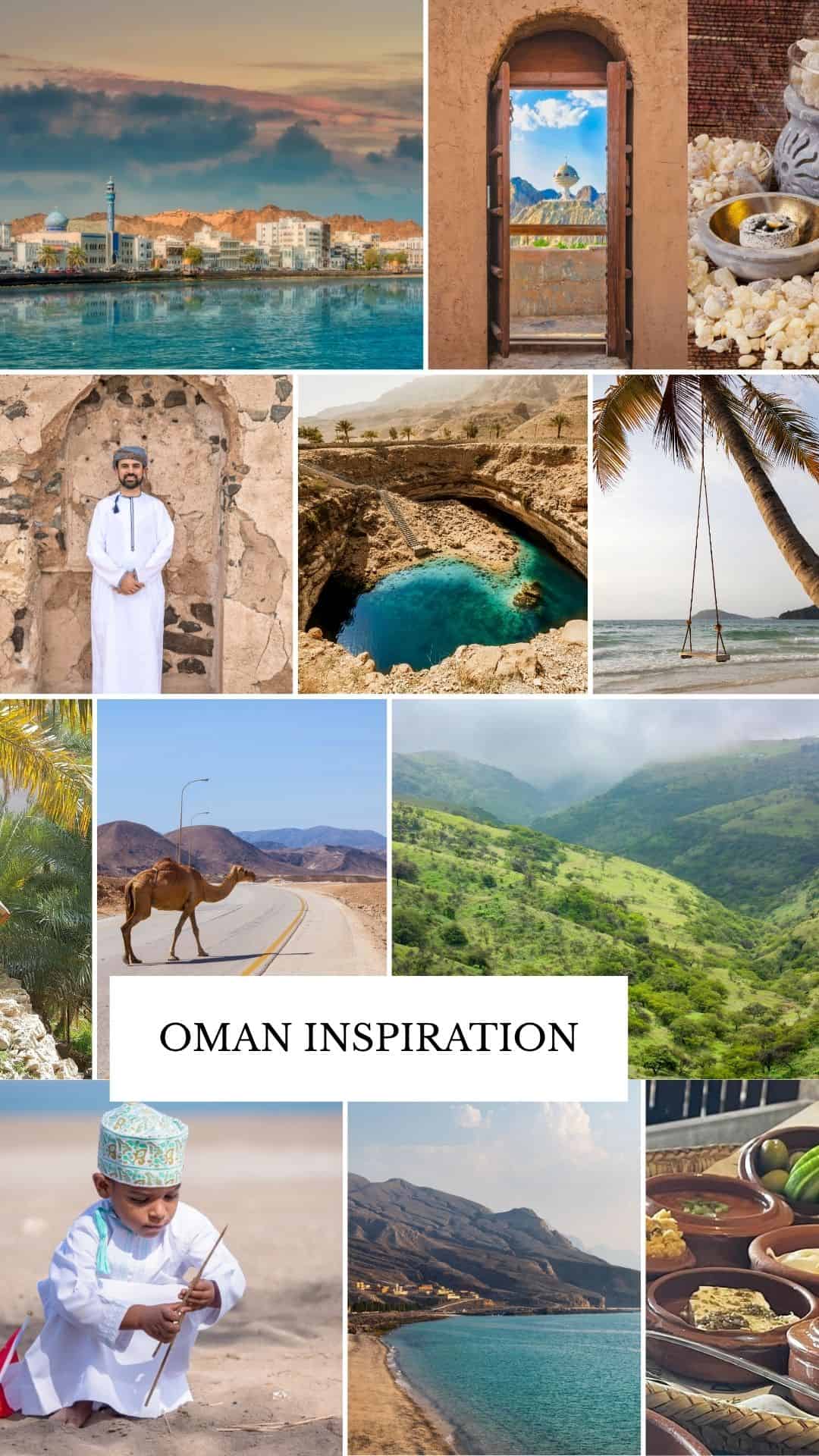


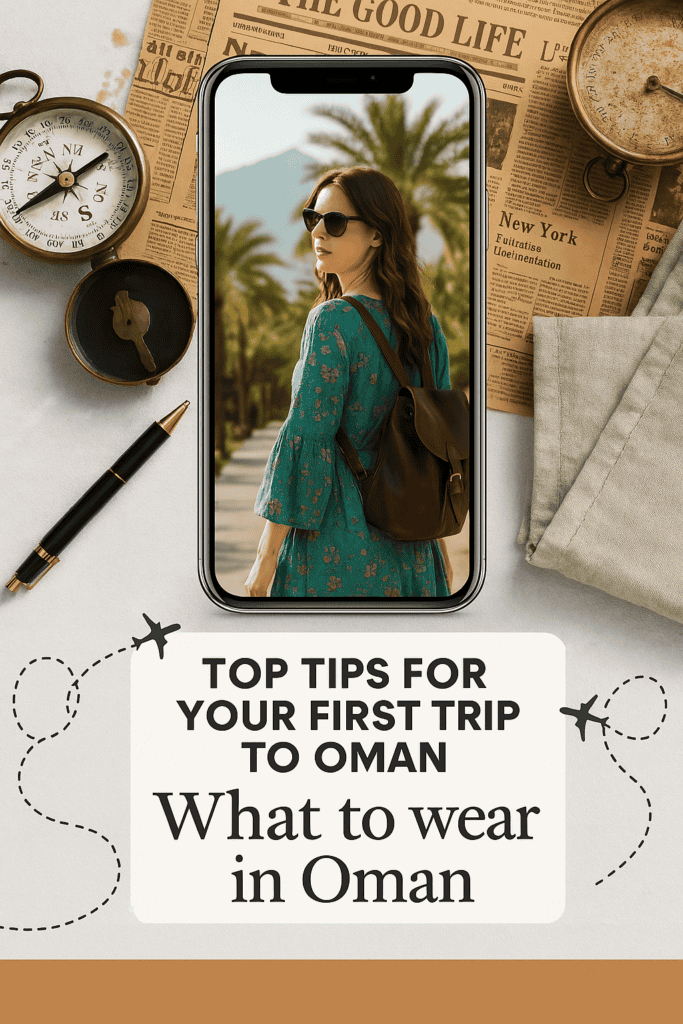

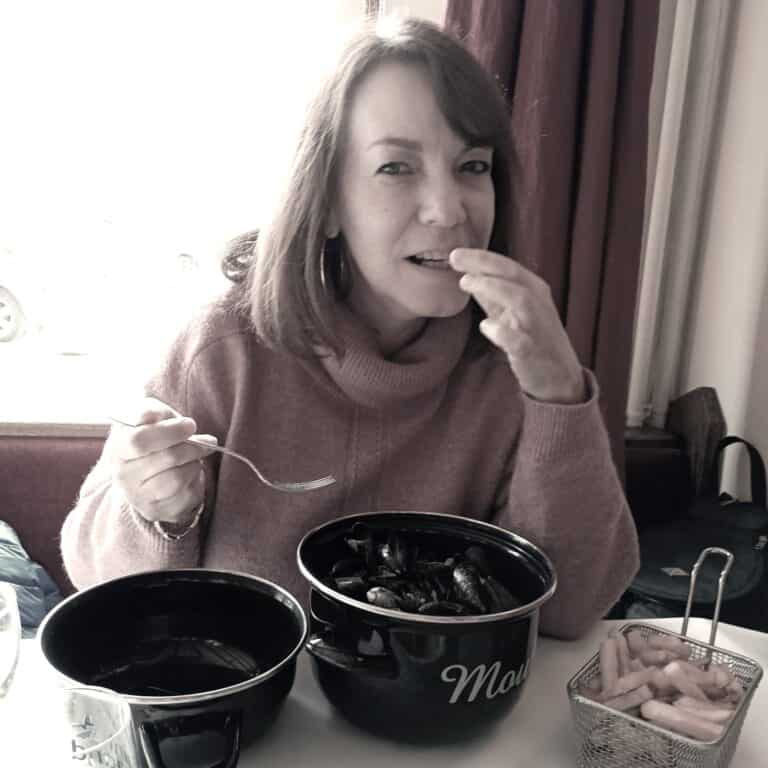


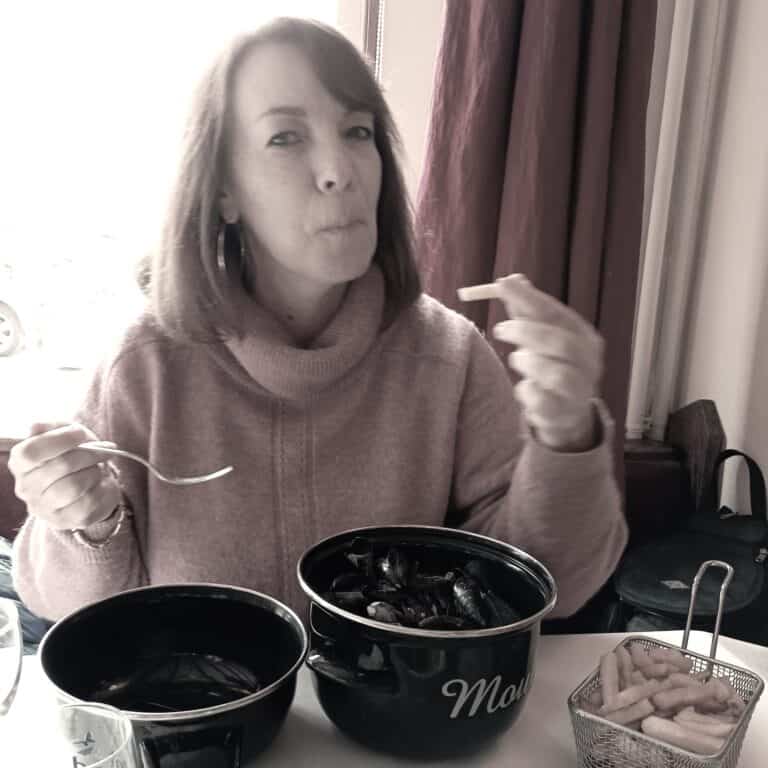

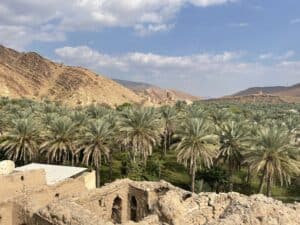




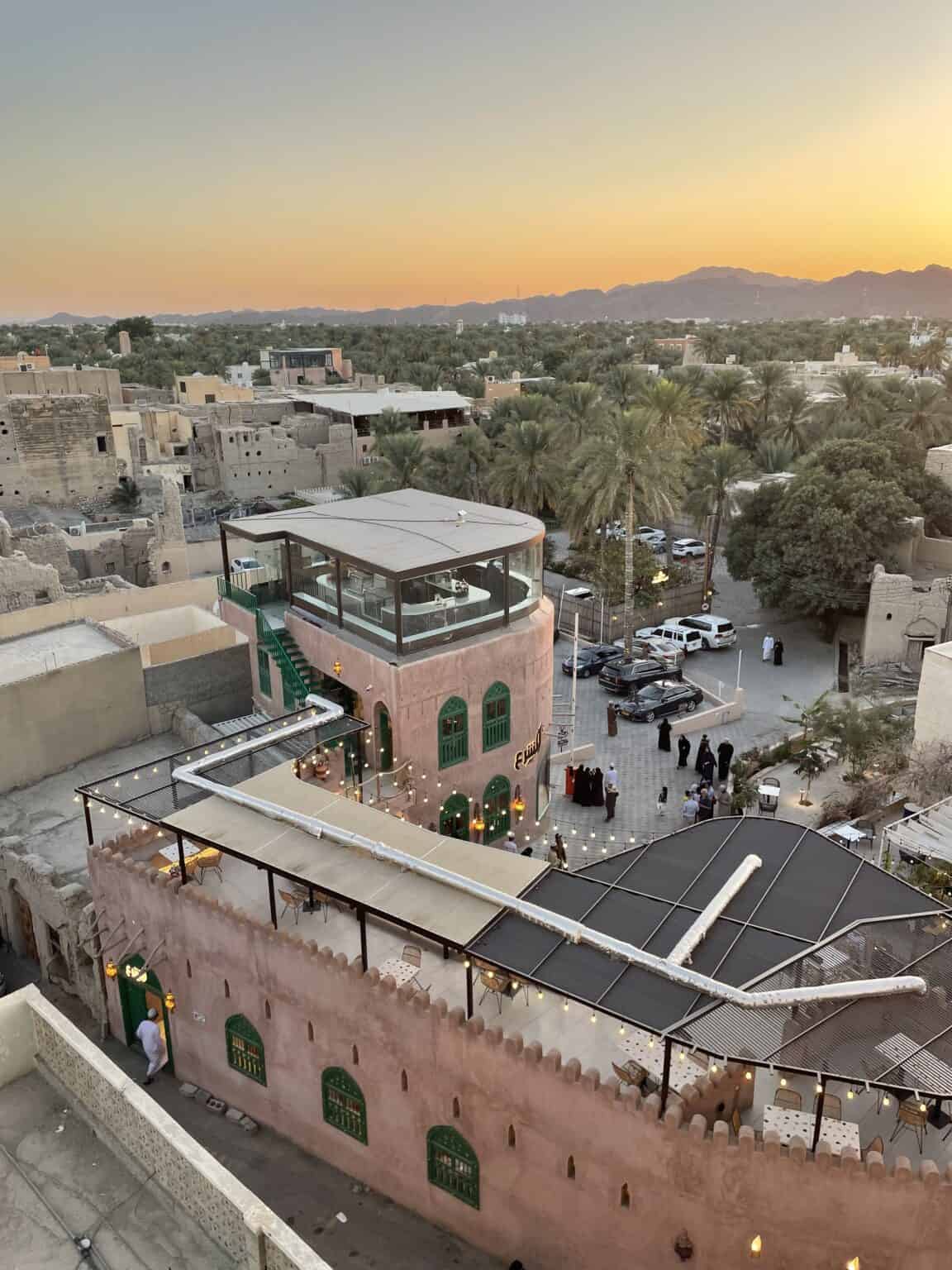


10 responses
Hello
Is there an app or a map showing the speed radars of Oman?
Estarei em Omã no final de setembro e suas informações me ajudaram muito na escolha do Hotel!
Obrigada Christine
Merci Christine pour ce temps passé à nous décrire comment se sentir comme chez toi, chez nous !
J’ ai voyagé encore !
À bientôt ✈️
C’est un plaisir, Anne. Vraiment!
Wow❤️
Thanks. If you need more information about accommodation in Muscat or other aspects of travelling in Oman, don’t hesitate to ask.
Hi Christine, thank you so much for the restaurant recommendation. I loved the food, the atmosphere and the place in general. I also talked to Khaled, the supervisor. He says hi. Thank you again. Tomorrow is my last day in Muscat. Any last minute must- see places?
Saliha from Algeria
Hello Saliha, Glad to hear you enjoyed the restaurant. In terms of Muscat, there are many options but some must-sees are Muttrah (the Corniche, Souq and Fort), Al Qurum (Shatti Al Qurum with its beach, the Opera building), and Old Muscat (the Royal Palace and gardens around, the Bait Al Zubair museum). I hope you get to see some of these. Have a great day!